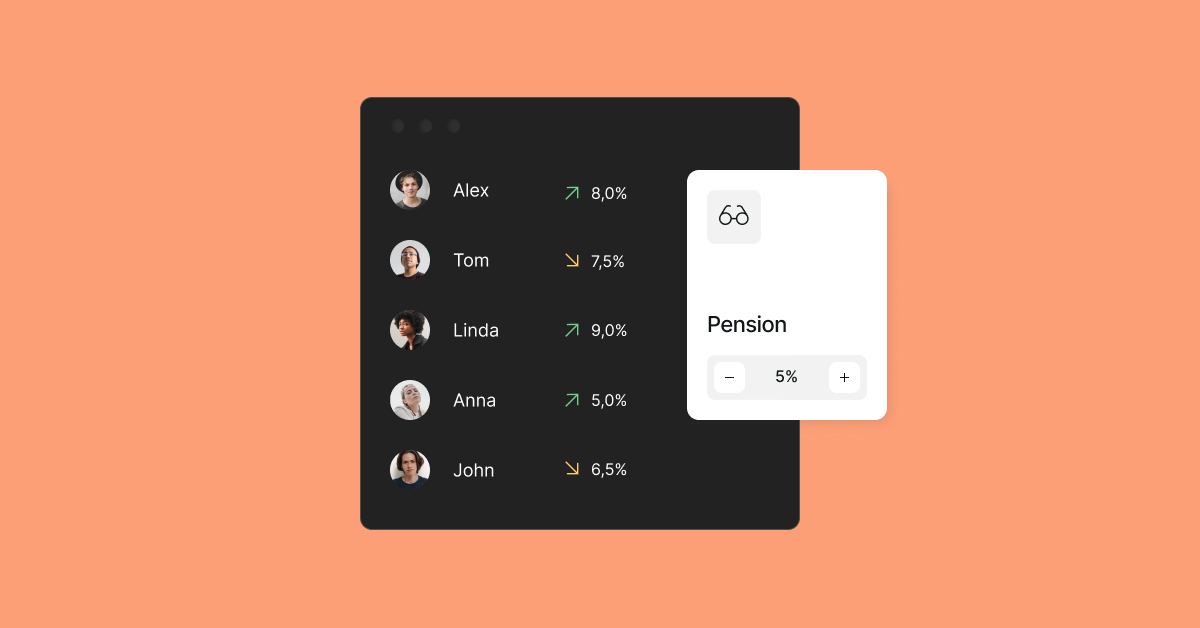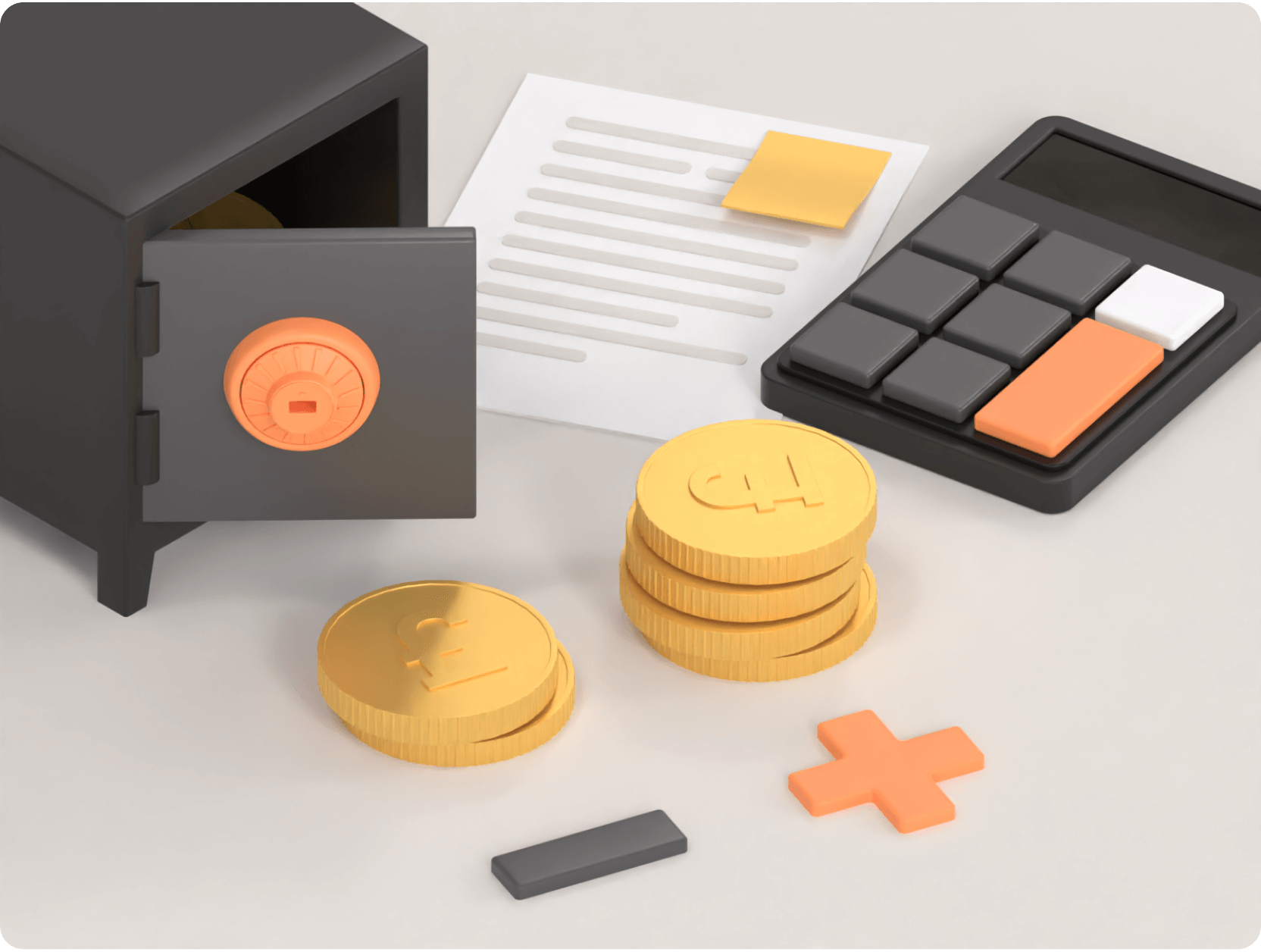Running payroll in Zelt
The Payroll or Salary app is a feature that allows employers to handle their UK payroll in Zelt. Here is a step by step guide of all you need to do and know in order to have your payroll up and running in no time.
This feature is only available in the UK now however, it will include other countries soon.
1. Setting up payroll for your company
The first step in order to start using payroll in your organisation is having your HMRC credentials ready. Here is guide on how to get your account activated. Getting your credentials might take up to 3 months. Read more about how to run your payroll without completing it while you are waiting for your details in the Running payroll section.
While waiting for the credentials, you can enter temporary placeholder values in the HMRC Connection section, in order to start processing payroll.
Please do not forget to update these values with the correct ones as soon as you get them – otherwise, your HMRC reporting will not go through and the Government will not know how much you owe them and what you have paid for.
In some cases, when you connect your HMRC details at a later stage, you will see that the wires made to HMRC do not align correctly with the monthly payments on their end. This happens when the payments are made out of sync. However, the important thing is that your End Of Year balances and liabilities is zero.
You can also apply for Small Employers Relief in settings. You can claim this anytime in the tax year. Employment Allowance allows eligible employers (your employers’ Class 1 National Insurance liabilities were less than £100,000 in the previous tax year) to reduce their annual National Insurance liability by up to £5,000.
In order to automate your accounting journal sync you can connect your Xero account in settings and define accounting codes for each line. That way every time you run payroll you can export or automatically sync the payroll breakdown.
2. Importing payroll information & adding employees to your Payroll
In order to save time when migrating from another tool to Zelt we have an Import wizard that will make populating payroll information for all of your employees simple. Head to company settings (click your company name in the top-left of the menu) and go to “Import” tab.
Here you can follow the simple steps to either import information from Xero, Quickbooks or CSV.
Any Zelt user that is marked as an Employer (not a Contractor) will be suggested to be added to Payroll if your Payroll is connected in Zelt. These employees will also be asked to upload and share their Tax Information during the onboarding (new starter checklist). In this way, admins and managers can avoid assigning the new employees with an emergency tax code and as a result overcharging their tax. After their profile is fully populated and there is no missing information, you can head to Salary and click “Add” on the employees you’d like to include in the payroll. After you’ve added an employee, you are still able to check and adjust their settings anytime. They will also be able to go to their profile in the payroll section and check their own settings (Tax Code, NI number, etc).
3. P45 Onboarding
Every employee will be asked to fill in their own payroll onboarding information. This is currently done for UK employees, however, this type of payroll information collection will be extended to other countries as well. We use the UK government new starter checklist to establish how much tax should a new joiner be paying once they are added to your payroll.
The P45 Onboarding step establishes the employees Tax code based on the information they provide. In this step will ask employees to upload their P45, or if they don’t have it, they can simply fill in the new starter checklist where they will also be asked to provide their NINO, legal gender and any student loan information.
An admin will also be able to check whether an employee has provided their P45 or not in the Employees table in the Salary app.
4. Running Payroll
To start running the payroll and actually paying salaries you need to:Click on the Payruns tab in the Salary app. On this page, you will be asked to set your payments schedule for all future payruns you will be handling on Zelt.
In the new payroll schedule window you will select when you will wire the salaries – this will be the pay day for your employees. We automatically pre-populate the end of the period with the last day of the month, for which you will be making your first salary payments. So if you select 25th of July as the pay day, we will conclude that this payment is for the whole month of July therefore the end of the period will be the last day of the month.
Once you click start – you will see the payrun processing page. Here you can check exactly how much each Employee is going to get paid, any deductions, adjustments and so on. You can navigate between Summary, Income, Deductions and Employer Cost tabs here to see different tables.
Zelt allows you to edit anything in the Income tab, so anytime there are additional payments being made to an employee – you can manage it all here. For any employees with Daily/Hourly rates or Zero Hour contracts you can edit their Units (days or hours worked) right here. This condition has to be specified for such employees in their profile page – in the Compensation card.
You can also add Commission, Bonuses, Accrued Holiday pay, PILON (Payment in lieu of notice), Redundancy pay and any Expenses here. If you are using any of these additional types of incomes/deductions, make sure that the correct tax code is set in your Salary Settings, if you are using Xero integration for accounting journal sync.
In the Deductions table you are able to adjust Student Loan amounts, Cycle to Work sacrifice scheme and other deductions. In order for your Zero integration to work, make sure you have the accounting codes defined in settings.
Once you are happy with the total amounts and you’ve made all checks – click “Process Payrun” and confirm the payment date. Once you’ve launched this process all steps required will happen automatically and if there are any steps required from you – Zelt will show you an alert.
There are a few steps in Processing a Payrun:
- Payslips: this step simply generates payslips for your whole team. There is usually no input required from you, however if anything goes wrong in this step – please click “Retry”. Once this step is completed, your employees will be able to find their payslips in the Documents app.
- HMRC Submission: this is an important step when your total payroll submission breakdown by employees and all relevant information gets reported to HMRC. You can expect a warning on this step if you don’t have your HMRC details yet as your authentication to HMRC would have failed. In this case, please keep the progress on this payrun as it is. It can be that other steps like Pension would also fail as you don’t have a pension scheme set up yet. Please go to “Options” in the top right and click “Complete later”. A possible scenario can be that, when you come back to process the payrun later, your HMRC submission will be late or outside of the defined schedule. This step will ask you to provide a reason for late submission and then proceed. Otherwise, when everything is set up, this step will be processed automatically.You are also able to download the complete CSV of this submission by clicking the “Download” button within that step.
- Pension Contributions: this step takes care of sending all pension contributions to your connected pension provider. This step may take a little longer than others – if you see a message asking you to refresh – just click refresh within that step to re-try only this step again.
- Accounting Journal: this step is going to be most useful with Xero integration enabled, as we can push the journal directly to your Xero. If you use any other Accounting software you can download the journal by clicking the “Download” button within that step and mark it as Complete.
- Payments: this is the final step of payrun processing. Here we will generate all pending payments that you should be making at the end of the process, including each employee’s salary and HMRC payments that are due. Note: do not make HMRC payments before you get your credentials. You can also download all payments information together with your employees bank account information. But the best way to fulfil those is to head over to the Payments app and process them straight there, using our open banking integration and bulk payments (if your bank accommodates for such)
After all steps have been completed, you will be able to click “Complete Payrun” and that’s it. All the relevant documents can be found in employee’s profiles. And you can always come back to your completed payruns to get any information or downloads.
5. Reopening payruns
Never reopen payrun unless necessary. This should only be done in a situation where a mistake was made or you forgot to add an employee so you have to reopen and make changes to payments again. Any time you Reopen a payrun – you will have to make a duplicate HMRC submission which may lead to confusion on their end and may result in added overheads if HMRC requires you to call them and explain the situation to remove duplicates.
6. Payrun states
Once you’ve opened a payrun – it will go into Draft state. This means you’ve simply initiated the new payrun but you haven’t started processing it yet – i.e. no Payslips, Pension, HMRC, Accounting, Payments steps have been started yet. Here you can delete and create a payrun again without it being sent to HMRC yet. Here you are able to make changes to employee’s incomes and deductions.
Once the payrun is live, after you’ve clicked Process Payrun, the status will change to In Process. You can keep the payrun in this state if you are still waiting for the HMRC details.
When all steps are completed and you closed the payrun it will appear in the “Completed” state in your payruns.
7. Deleting a payroll record
When your employees are leaving the company, you don’t need to delete anything from their payroll. Once you offboard them from Zelt and provide the end date – this will automatically sync to the Salary app and you don’t need to do anything else. Zelt payroll will take care of generating their P45 in the last payrun, paying them the remainder of the last salary, and you can also add any Accrued Holiday that you have agreed to pay the employee. To know exactly how much is left to pay – you can use our Accrued Holiday Calculator and add that to the final payout.
Frequently asked questions
Which countries does Zelt payroll work in?
Zelt payroll works in over 50 different countries including the United Kingdom, South Africa, Singapore, India, Sri Lanka, Indonesia and many more.



